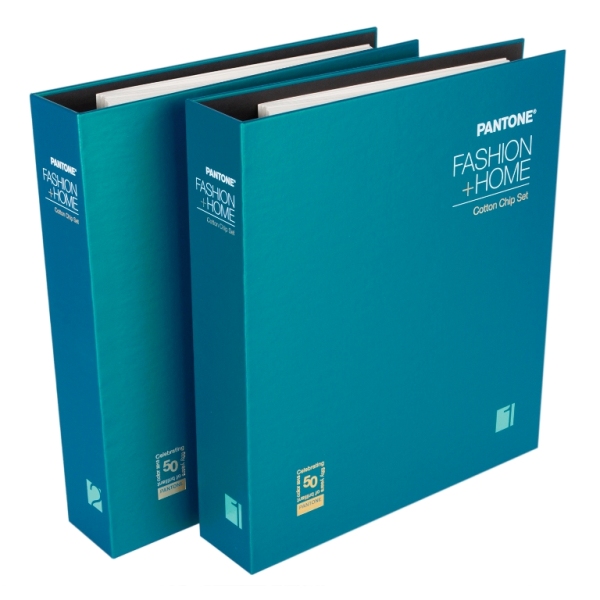What is AQL in the Garments Industry? How does it work?

AQL stands for Acceptable Quality Level, which is a statistical sampling method used in the garments industry to determine the quality of a batch of garments before they are shipped to the customer. The AQL system is based on statistical principles that enable the manufacturers to test a representative sample of a shipment and determine whether it meets the specified quality standards.
The AQL system works by taking a representative sample of the garments from the shipment and subjecting them to a set of quality control tests. These tests are designed to check for a range of defects that may affect the quality of the garments, including stitching defects, color fastness, fabric quality, and overall appearance. The number of garments tested and the severity of the defects that are considered acceptable are determined by the AQL level.
The AQL level is determined by the customer and is based on their quality requirements. The AQL level is expressed as a ratio, such as 1.5 or 2.5, which represents the number of defects that are acceptable in a given sample size. For example, an AQL level of 1.5 means that 1.5% of the garments in the sample can have defects that are considered acceptable. The higher the AQL level, the more defects are allowed in the sample.
The AQL system is designed to be a cost-effective way of ensuring quality control in the garments industry. It allows manufacturers to test a representative sample of a shipment rather than checking every single garment, which would be time-consuming and expensive. The AQL system also allows customers to specify the level of quality that they require and provides a framework for ensuring that this level is met.
The AQL system is based on statistical sampling principles, which means that the results are not guaranteed to be 100% accurate. There is always a risk of accepting a shipment that does not meet the required quality standards or rejecting a shipment that does meet the standards. This risk is known as the producer's risk and the consumer's risk, respectively.
To reduce the risk of accepting a shipment that does not meet the required quality standards, manufacturers can increase the sample size or decrease the AQL level. Similarly, to reduce the risk of rejecting a shipment that does meet the required quality standards, manufacturers can decrease the sample size or increase the AQL level. However, these adjustments will increase the cost of quality control testing.
The AQL system is widely used in the garments industry because it is cost-effective and provides a framework for ensuring that quality standards are met. However, it is important to note that the AQL system is only one part of the quality control process. To ensure that the garments meet the required quality standards, manufacturers should also implement other quality control measures, such as regular inspections of the production line, training of the production staff, and feedback from customers.
In summary, AQL is a statistical sampling method used in the garments industry to determine the quality of a batch of garments before they are shipped to the customer. The AQL system is based on statistical principles and allows manufacturers to test a representative sample of a shipment to determine whether it meets the specified quality standards. The AQL level is determined by the customer and is based on their quality requirements. The AQL system is cost-effective and provides a framework for ensuring that quality standards are met, but it is only one part of the quality control process.
Example:
Here is an example of an AQL chart for a typical inspection, with an AQL level of 2.5:
| Sample size | Acceptable quality limit (AQL) |
|---|
| 2 | 1.0% |
| 8 | 2.5% |
| 20 | 4.0% |
| 32 | 4.5% |
| 50 | 5.0% |
| 80 | 5.5% |
| 125 | 6.0% |
| 200 | 6.5% |
| 315 | 7.0% |
| 500 | 7.5% |
| 800 | 8.0% |
In this example, the AQL level is 2.5, which means that up to 2.5% of the garments in the sample can have defects that are considered acceptable. For example, if a shipment of 1,000 garments is being inspected, a sample size of 80 garments would be selected for quality control testing. If no more than 5 garments in the sample have defects, the shipment would be accepted. If more than 5 garments have defects, the shipment would be rejected.
It is important to note that the AQL level and sample size can be adjusted depending on the specific requirements of the customer and the product being inspected. The AQL chart is just a guide, and the exact specifications for the inspection should be determined by the customer and the manufacturer.
What Does 2.5 AQL Mean in Inspection?








